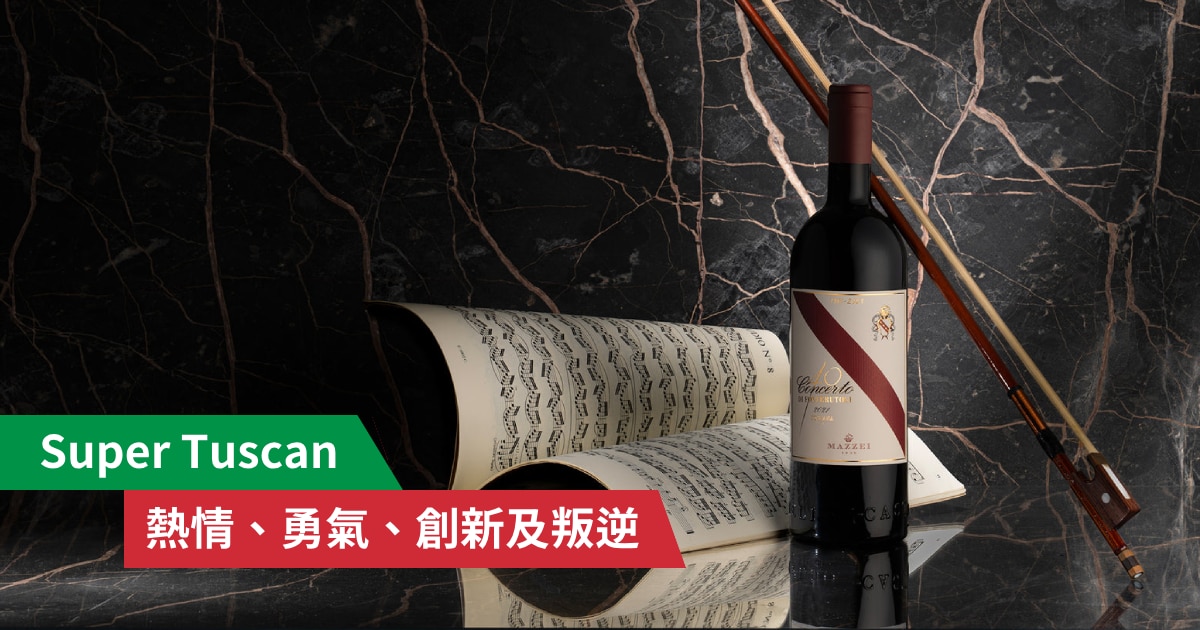Whisky is very popular in Hong Kong, especially Scotch and Japanese Whisky. The characters and styles of whisky are shaped by a lot of factors, 4 of which are the type of grains and yeast used, the blending technique, the type of cask, and the matured time. The 3 common types of whisky including “Single Malt”, “Blended” and “Single Cask” differ in the blending technique they used. Let’s check out their characteristics and uniqueness!
3 Common Types of Whisky
1. Single Malt Whisky

The popularity of Single Malt Whisky has grown rapidly in recent years. It is malt whisky from a single distillery. Scotland is the most common region in the Single Malt Whisky market. According to Scotland’s law, to be called a single malt Scotch Whisky, it must be distilled in a pot still from nothing other than malted barley, yeast, and water. It has to be matured for at least 3 years as well. However, it can be bottled as a mixture of several casks. For example, mixing whisky from different vintages or aged in different types of barrels. This requires the expertise and experience of the producer to create stable and unique whisky with their styles. Overall, as Single Malt Whisky is from a single distillery, they can better reflect the personality and style of the distillery.
The Single Malt Scotch Whiskies we often see in the market mainly come from 6 regions across Scotland: Speyside, Highlands, Lowlands, Campbelltown, Islay and Island. Factors like location, weather, winemaking process would create unique characteristics like floral aroma, peatiness, smokiness and saltiness.
2. Blended Whisky
As one of the world’s best-selling spirits, Blended Whisky is a mix of both Single Malt Whiskies and Single Grain Whiskies. It can be sourced from several different distilleries, which can create a broader depth of flavour. This winemaking process of blending can ensure the consistency of whisky’s flavours and quality. The most representative brand of Blended Whisky would be Johnnie Walker. With its lighter bodied nature, Blended Whisky is generally more approachable than Single Malt Whisky, earning a large market share in the whisky market; while Single Malt Whisky can speak better to the character of the distillery. Both have different appeals to their fans.

3. Single Cask

When Whisky becomes more popular, fans are craving for more unique whisky, with Single Cask Whisky being one of their favourites. As mentioned above, Single Malt Whisky must be produced from a single distillery, but it could be a mixture of several casks. For Single Cask Whisky, it must come from not only a single distillery, but also a single cask. Most Single Cask Whiskies are not diluted with water when bottled to preserve their original flavours. Each cask of whisky is different. If it is chosen out of thousands of casks to be bottled alone, its quality must be outstanding and the quantity very limited.
Photo Credit to: The Glenlivet, The Singleton, Johnnie Walker



 Same Day Pick-up
Same Day Pick-up






















